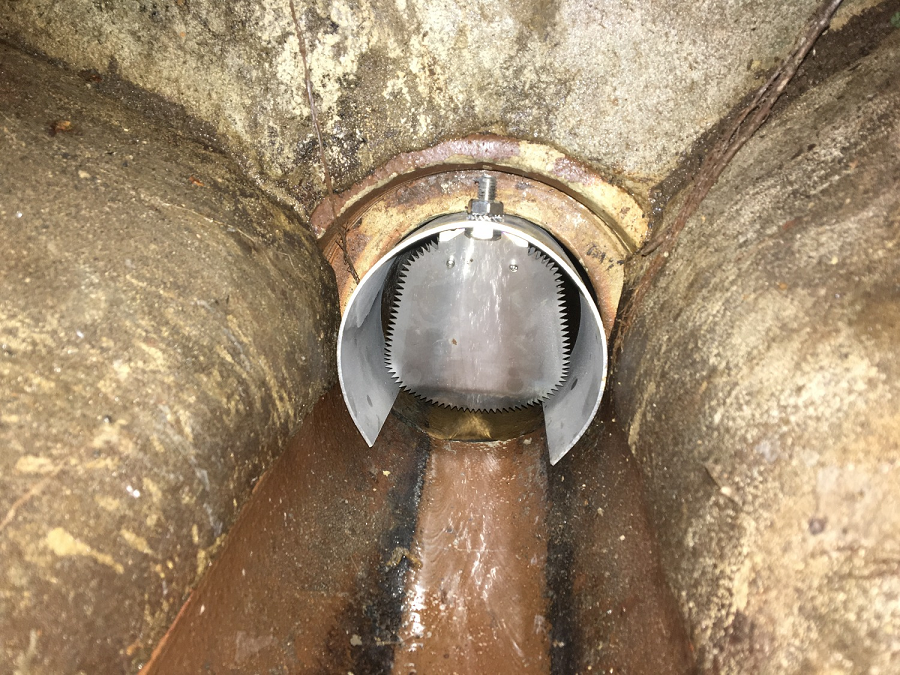The 1031 Tax Exchange: A Construction Lending Perspective

The article about the 1031 tax exchange builder program covered the basics from a tax perspective. In this article, I am going to cover the lender side of the equation so you can have a better understanding of the program and make a well informed, educated decision regarding your needs and objectives.
The process as far as obtaining an EAT or QI was already discussed in the previous article.
The Loan Amount Calculation: The loan amount is calculated by taking the existing mortgage + cash that will be used for the renovations + any seller concessions in the form of a note + private monies that will be used for the renovations. Example:
400,000 Mortgage
100,000 cash
100,000 seller concessions
150,000 private monies
750,000 total debt
Value is based on the future value of the property determined by similar properties in the area: 1,000,000
The loan to value is 75{6005fe00238ed0ec29dcf4f9ca8b03a9042cdf9ccd9cfcf46fbf772e3d1d5bdd}.
The loan to cost is determined as follows: Loan Amount 750,000 DIVIDED BY Cost of Construction 937500
Qualifying for a Construction Loan: Qualifying for a construction to permanent loan uses loan to value, and loan to cost ratios. Both LTV and LTC are calculated using a future value appraisal and a construction loan calculator.
They are viewed side by side. While the future value of the property is 1,000,000, the loan to cost ratio cannot be greater that 937,500. In this example the LTV is 75{6005fe00238ed0ec29dcf4f9ca8b03a9042cdf9ccd9cfcf46fbf772e3d1d5bdd} while the LTC is 80{6005fe00238ed0ec29dcf4f9ca8b03a9042cdf9ccd9cfcf46fbf772e3d1d5bdd}. Lenders will not allow a loan to go through if the LTC exceeds 80{6005fe00238ed0ec29dcf4f9ca8b03a9042cdf9ccd9cfcf46fbf772e3d1d5bdd}. All cash and private monies used will be subject to seasoning requirements. The seasoning requirements for cash are a) the money must be in a bona fide banking institution, b) the borrower must provide bank statements for the last 60 days, c) any large deposits must be accounted for as to the source of these monies. In the event that these monies are in the form of a gift, the sender of the gift must show from which account the money came from and the capacity to give such a gift.
Because many people are remodeling a kitchen or bathroom, the borrower must supply to the lender the contractor’s plans, the costs and have the necessary bond, licensing and insurance to perform such work. Depending on which state the property is located in, an environmental impact statement from the contractor may be required before a permit is issued by the locality.

Debt to Income Ratios: Part of qualifying for the loan will be an examination of the debt to income ratios. Traditional lending from FNMA/FHLMC backed mortgages are front end ratios not to exceed 28{6005fe00238ed0ec29dcf4f9ca8b03a9042cdf9ccd9cfcf46fbf772e3d1d5bdd} and back end ratios not to exceed 36{6005fe00238ed0ec29dcf4f9ca8b03a9042cdf9ccd9cfcf46fbf772e3d1d5bdd}. You must also show 2 years in the same line of work. If there are any changes, like a promotion where you are making more money, pay-stubs will be needed to show the change so the income can be increased on the 1003.
Another component is the credit report. If there are any bankruptcies in the file, they must be discharged for a minimum of 2 years for a Chapter XIII and 4 years for a Chapter VII. There can be no more delinquent payments post discharge from the bankruptcy. If there are, you may need to consider an alternate form of lending like Non-conforming, or possibly a hard money loan.
Finally, unlike a traditional mortgage, these types of loans typically fall into the arena of niche lending. Most of the qualifiers for these loans are identical to FNMA/FHLMC lending, but because of the risks to lenders, these files are always subject to more scrutiny. I recommend having all your paperwork in order before applying for the loan. The more complete the file the easier it will be to be approved and get your project under way.
Leave a reply
You must be logged in to post a comment.













